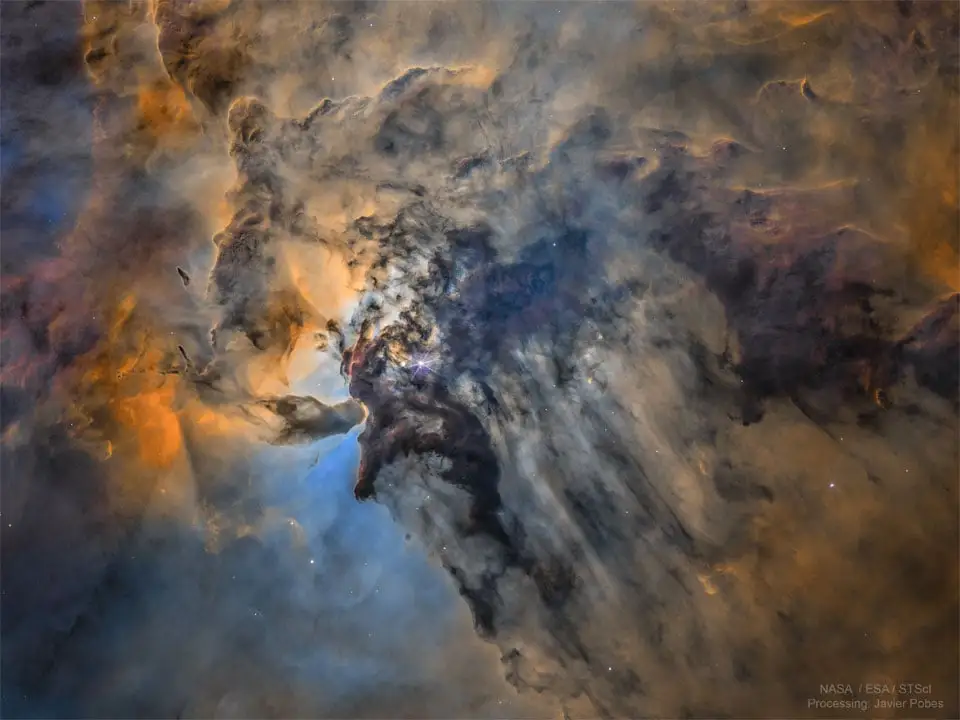366
JWST Detects the Earliest, Most Distant Galaxy in the Known Universe—And It’s Super Weird
(www.scientificamerican.com)
Share & discuss informative content on: Astrophysics, Cosmology, Space Exploration, Planetary Science and Astrobiology.
 The Busy Center of the Lagoon Nebula
The Busy Center of the Lagoon Nebula
🔭 Science
🚀 Engineering
🌌 Art and Photography
Other Cool Links